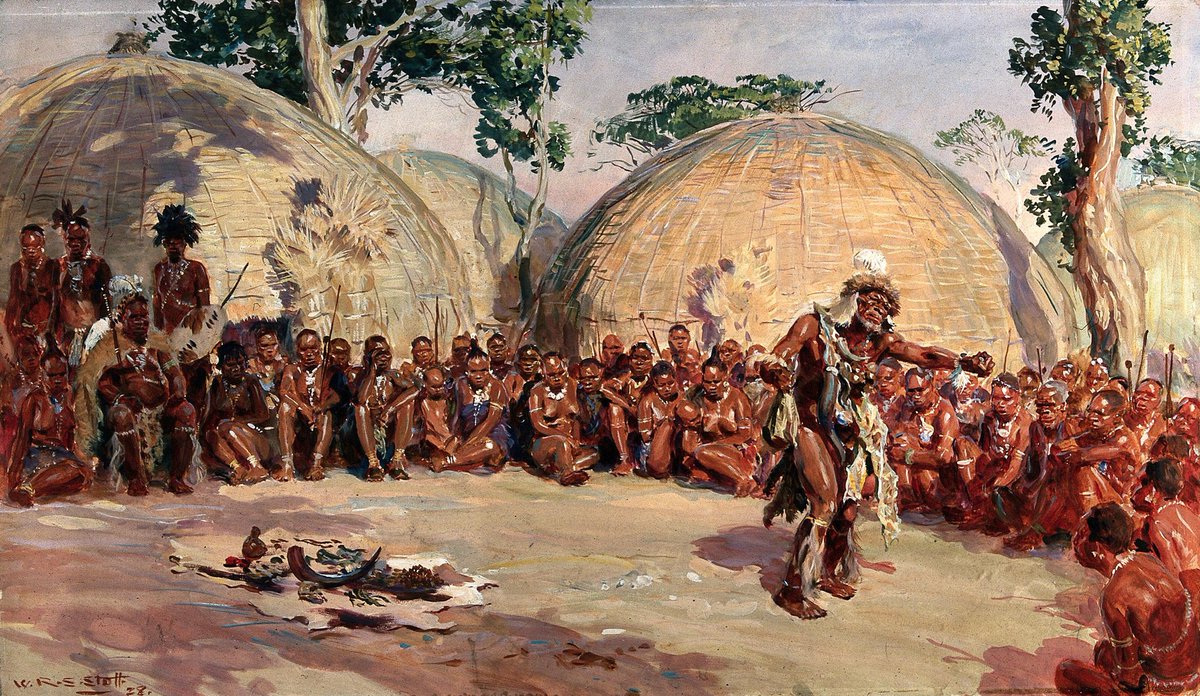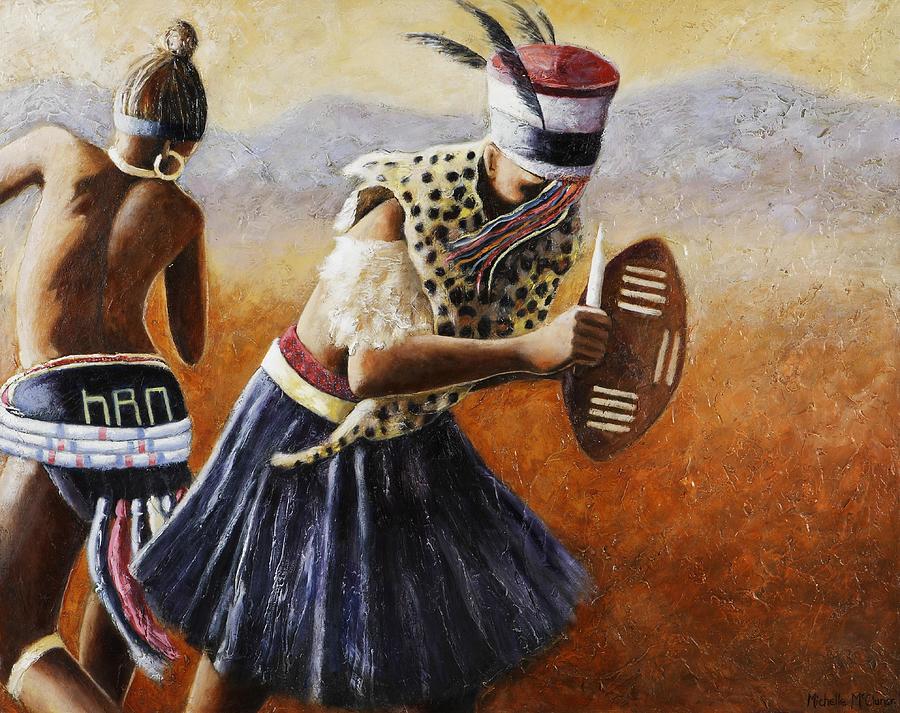
1. NDEBELE LOBOLA CUSTOMS AND RITUALS 🇿🇼
As discussed in the pervious threads Ndebele marriage ceremonies commenced with negotiations where isivulamlomo and kangaziwe were required to be paid by the man's family to the prospective inlaws.
As discussed in the pervious threads Ndebele marriage ceremonies commenced with negotiations where isivulamlomo and kangaziwe were required to be paid by the man's family to the prospective inlaws.

2. Once agreements were reached the girl underwent ukucolwa at home , ukuphehlwa isithundu and umthimba was dispatched to accompany her to her inlaws. There she did ukumekeza and went through ukucolwa by the father in law . After that she was married and started her new home. 

3. The Ndebele principle on lobola was that, kulotsholwa abantwana : lobola cattle are a token of appreciation for children born in the marriage. For marriage purposes there was only isivulamlomo which could be a goat, a metal/iron tool, etc and then ukangaziwe, usually one cow. 

4. The lobola issue only arose many years into the marriage when children were born and were growing up well. There are two ways in which lobola negotiations were initiated. 

5. The bride's father would send someone to the inlaws with this serious message : 'Abako Ndlovu bathe ngizocela abantwana'. The inlaws would reply : 'Pho abakoNdlovu bafuna okunganani? ' The messenger will then relay to them the number of cattle asked for. 

6. The other way lobola negotiations were initiated was through the bride's mother. She would randomly visit her daughter, under the pretext of seeing her grand children. She would ask to go back home with all her grand children. She would then stay with them & not return them. 

7. It would then be obvious to the son in law that the issue is about lobola. For the children to return home, he had to redeem them, ukuhlenga. The man would send a messenger to advise the inlaws that he wishes to redeem the children and would then be told the number of cattle. 

8. Once the man was ready to pay the cattle, the wife would go home in advance to inform them and prepare for the guests. Beer was brewed and a lot of food was cooked in preparation for the day. 

9. The son in law herded the cattle to the inlaws accompanied by his representative, umkhongi and delegates. The man would wait afar off with the cattle whilst umkhongi went in to announce their presence. After that the family would step out to inspect the cows. 

10. If satisfied, the cattle were ushered into the kraal. Umkhongi would say : 'Nanzo inkomo zamalobolo wena kaDube. Zivela koMpofu. Silobola uThando (referring to umlobokazi) '. 

11. One of the cattle was used ukucola the son in law. The rest of the cattle were introduced to the ancestors at the kraal. A cow was slaughtered, shared among the delegates and the remainder cooked or braaid. Lobola cattle belonged to the head of the household, umninimuzi. 

12. One cow was given to the mother of the girl and it was called inkomo yohlanga. She could do anything she pleases with the cow. Lobola cattle could not be used to pay lobola elsewhere,either by the girl's father or her brothers. 

13. About a month after lobola payment the bride's family prepared special beer known as utshwala bamasondo. This beer was meant to 'remove the hoove marks of the lobola cattle', ukucitsha amasondo enkomo zamalobolo. On that day a big celebration was hosted by the groom's family. 

• • •
Missing some Tweet in this thread? You can try to
force a refresh






















